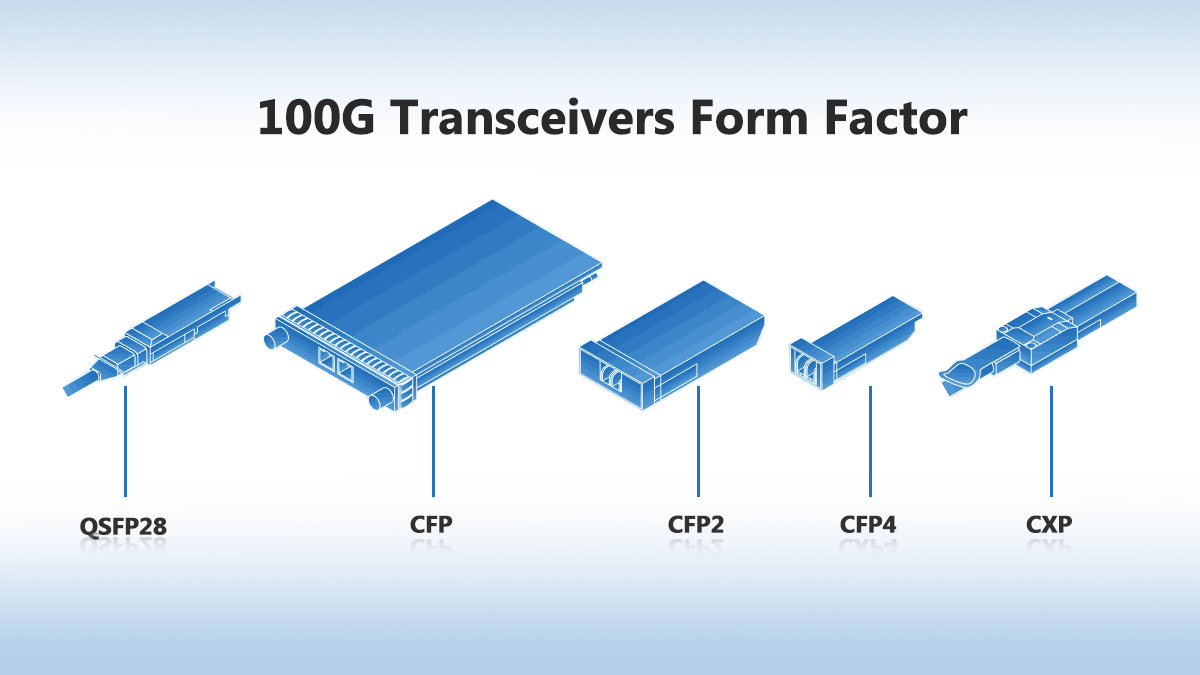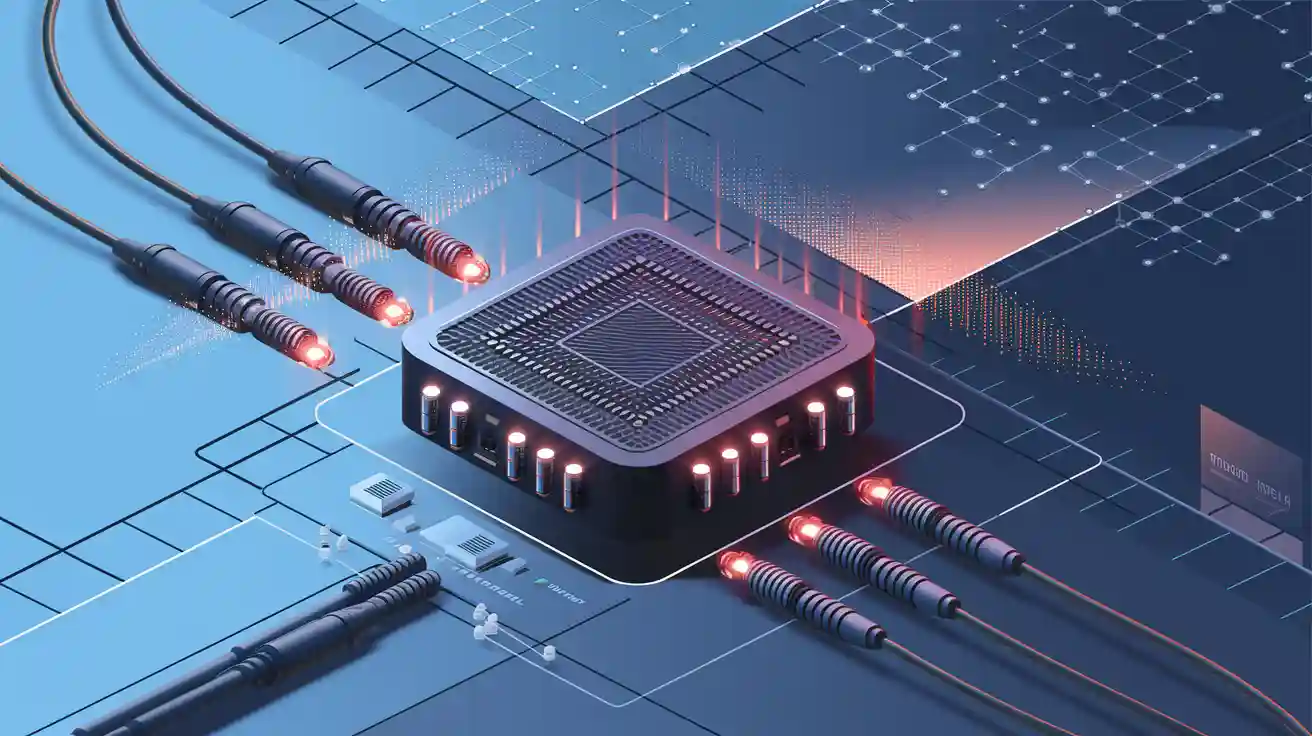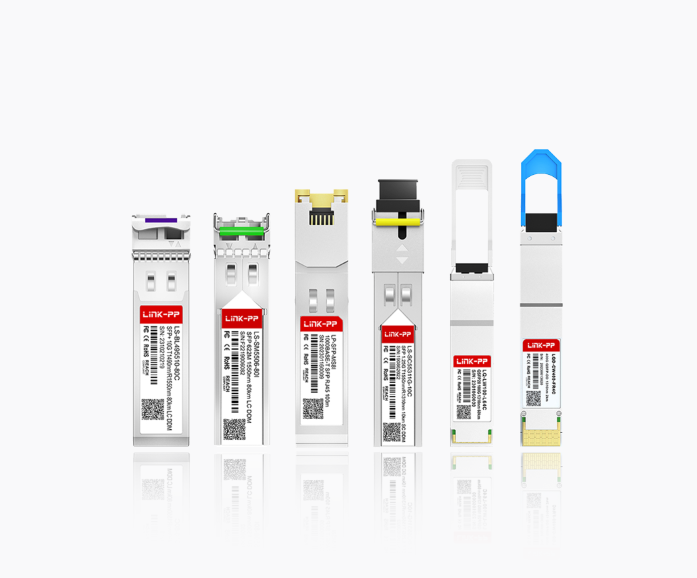
100G Ethernet plays a pivotal role in modern networking by enabling high-speed data transmission. It supports cloud computing, data centers, and emerging technologies like software-defined networking (SDN) and network function virtualization (NFV). Innovations such as Parallel Optical Transmission and Pulse Amplitude Modulation (PAM4) enhance bandwidth and data rates. Compact transceivers like QSFP28 offer cost-effective solutions for infrastructure upgrades. Additionally, improved error correction and optical amplification ensure reliable connectivity, making 100G Ethernet indispensable for high-speed networks.
However, selecting the right form factor for your 100G optical transceiver modules can be challenging due to the variety of packaging options available. This guide explores the key 100G module form factors—CFP, CFP2, CFP4, CXP, and QSFP28—and highlights their applications, advantages, and limitations. Whether you're upgrading your network or optimizing existing setups, understanding these form factors ensures seamless compatibility and performance.
Key 100G Optical Transceiver Module Form Factors
1. CFP (C Form-Factor Pluggable)
The CFP (C Form-Factor Pluggable) was one of the earliest form factors designed for 100G applications. With dimensions of 144.75 mm x 82 mm x 13.6 mm, it supports a wide range of protocols, including 100GBASE-SR4, LR4, and ER4.
Key Features:
High Power Consumption: Typically consumes 10–24W, making it less energy-efficient.
Multi-Source Agreements (MSA) Compliant: Ensures interoperability across vendors.
Applications: Early 100G deployments, long-haul telecom networks.
While CFP modules laid the groundwork for 100G adoption, their large size and high power draw have led to their gradual replacement by compact alternatives.
2. CFP2
The CFP2 form factor addresses the limitations of its predecessor by reducing the size by 50% (41.5 mm x 107.8 mm x 12.35 mm) and power consumption to 6–12W.
Key Features:
Enhanced Density: Ideal for high-density data center environments.
Support for Advanced Modulation: Enables coherent 100G transmission.
Applications: Metro networks, cloud infrastructure.
CFP2 modules strike a balance between performance and efficiency, though they remain bulkier than newer options like QSFP28.
3. CFP4
The CFP4 further miniaturizes the CFP lineage, shrinking dimensions to 21.5 mm x 92 mm x 9.5 mm and reducing power consumption to 4–6W.
Key Features:
Compact Design: Doubles port density compared to CFP2.
Cost-Effective: Lower power and space requirements reduce TCO.
Applications: Enterprise networks, 100G breakout configurations.
CFP4 modules are ideal for organizations prioritizing space efficiency without compromising performance.
4. CXP
The CXP (CXP Form-Factor Pluggable) is a niche form factor tailored for ultra-short-reach (USR) applications, such as InfiniBand and high-performance computing (HPC).
Key Features:
12-Channel Design: Supports 100G via 10x10G lanes.
Low Latency: Optimized for HPC and financial trading systems.
Applications: Server clusters, supercomputing.
Though less common in general networking, CXP excels in specialized high-speed environments.
5. QSFP28 (Quad Small Form-Factor Pluggable 28)
QSFP28 has emerged as the dominant 100G form factor, combining compact size (18.35 mm x 89.4 mm x 8.5 mm) with exceptional efficiency (3.5W max).
Key Features:
High Port Density: Enables up to 36 ports per 1U chassis.
Flexibility: Supports SR4, LR4, PSM4, and CWDM4.
Applications: Cloud data centers, 5G fronthaul/backhaul.
QSFP28’s versatility and cost-effectiveness make it the go-to choice for modern 100G deployments.
Why LINK-PP’s QSFP28 Modules?
LINK-PP’s QSFP28 optical transceivers offer industry-leading reliability and compatibility, backed by a 5-year warranty.

Comparison Table: 100G Optical Transceiver Form Factors
Form Factor | Dimensions (mm) | Power Consumption | Interface | Key Applications | Hot-Pluggable |
|---|---|---|---|---|---|
CFP | 144.75 x 82 x 13.6 | 10–24W | 10x10G | Telecom, Legacy Networks | Yes |
CFP2 | 107.8 x 41.5 x 12.35 | 6–12W | 4x25G | Metro Networks | Yes |
CFP4 | 92 x 21.5 x 9.5 | 4–6W | 4x25G | Enterprise, Data Centers | Yes |
CXP | 45 x 27 x 8.5 | 3.5–6W | 12x10G | HPC, InfiniBand | Yes |
QSFP28 | 89.4 x 18.35 x 8.5 | ≤3.5W | 4x25G or 1x100G | Cloud Data Centers, 5G | Yes |
Choosing the Right 100G Optical Transceiver
When selecting a 100G module, consider:
Port Density: QSFP28 and CFP4 excel in space-constrained environments.
Power Efficiency: QSFP28 and CFP4 minimize operational costs.
Reach Requirements: LR4/ER4 for long-haul, SR4/PSM4 for short-reach.
Compatibility: Ensure alignment with existing switches and routers.
For organizations prioritizing future-proofing, QSFP28 is the recommended choice due to its widespread adoption and scalability.
Why Partner with LINK-PP for Your 100G Needs?
At LINK-PP, we specialize in high-performance optical transceiver solutions tailored to modern networking demands. Our 100G modules are rigorously tested for interoperability, ensuring plug-and-play simplicity with leading OEM platforms like Cisco, Juniper, and Arista.
Explore Our Solutions Today!
✅ Industry-Leading Warranty: 5-year coverage on all products.
✅ Custom Configurations: Tailored for unique network requirements.
✅ 24/7 Support: Expert assistance for seamless integration.
Ready to Upgrade?
Contact LINK-PP to discover how our 100G optical transceivers can optimize your network’s speed, efficiency, and ROI.
Final Thoughts
From legacy CFP modules to cutting-edge QSFP28 solutions, the evolution of 100G optical transceiver form factors reflects the industry’s drive toward higher density, lower power, and greater flexibility. By aligning your choice with operational needs and future goals, you can ensure a robust, scalable network infrastructure.

Stay Ahead with LINK-PP
Whether you’re deploying a new data center or upgrading existing links, LINK-PP’s 100G optical transceivers deliver unmatched performance. Request a quote now and join the ranks of enterprises powered by next-gen connectivity.
See Also
The Importance of Digital Monitoring in Optical Transceivers




